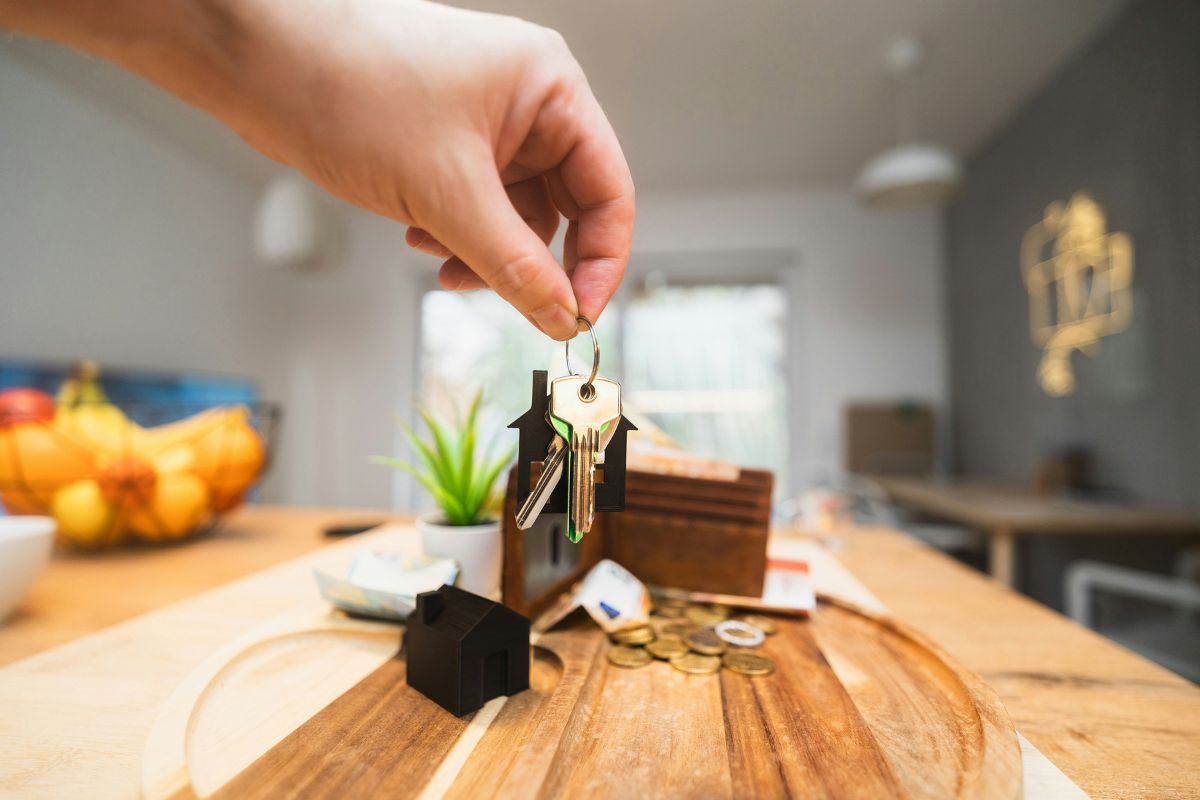Reinvesting for Success
One observation often made by B.Invested founder Nathan Birch is that cash doesn’t stay in his bank account for long. That’s because he’s got a better use for it in mind. Reinvesting.
See, whenever you have cash in your pocket or in your bank account, you are losing money in real terms. That’s because inflation means that every day, cash is worth less than it was the day before.
However, if you can get the cash that you earn and invest it immediately into an asset that is appreciating in value, there’s no time wasted before it’s actually making you money.
Done right, this approach can really compound your returns over time and create greater wealth in a shorter period.
Leveraging into wealth
One of the great things about property investing is that a deposit of 20% of the asset’s value gives you access to 100% of its returns. Once you create enough equity to get your next deposit, that will then give you access to the same ratio of returns on your next investment.
This was the essential key to Nathan’s accumulation of more than 220 properties. As values rose on city fringes he was able to use relatively small equity gains as deposits for other properties with growth upsides. And the positive cashflow generated by strong rental demand at that end of the market meant he wasn’t hampered by having to put his own income into meeting loan repayments.
Nathan’s case is the ultimate example of compounding returns and it would be much harder to achieve his level of success in the current environment, but the strategy is still a solid foundation for building wealth.
Exploring growth opportunities
Australia is made up of many different housing markets at different stages of their property cycles and with vastly varying economic drivers.
Reinvesting can allow you to access more diverse markets, so you can spread risk further afield and make sure there is always growth potential.
Then there are the opportunities to add growth to existing assets. You might add a level to a property, with extra bedrooms, or knock down a house on a big block to create a duplex (as long as it meets the local market expectations). These and other options can increase your capital or returns without a prohibitive financial outlay.
Types of reinvestment
There are a number of ways to reinvest money, in property or into other assets. Let’s focus on property for a few common examples.
The most obvious example is to use your returns to acquire new properties. You can expand your portfolio, diversify across various geographic locations, markets and asset types, plus amplify growth and returns.
Then there are upgrades or renovations to your existing assets. Adding bedrooms or implementing energy-efficient upgrades can be of value to the market and offer a healthy return on investment.
And finally, debt consolidation. This has been a worthwhile part of Nathan’s strategy over the years also. He likes to give an example of a strategy where you invest in $200k properties over time, until you accumulate 10 over 10 years. After that you can sell 5 to pay off the rest and you’ve then got 5 debt free properties earning you a passive income.
This is one example of a particular strategy, but debt consolidation can take other forms too. You may have some debt on higher interest than other debt, meaning it would make sense to reinvest returns into paying that down. Consolidating debt overall can lead to a more secure financial position while creating more equity breathing room for your next growth opportunities. If you need help figuring out the strategy you should follow or require more information, feel free to reach out to the Investor Relations team at B.Invested.



